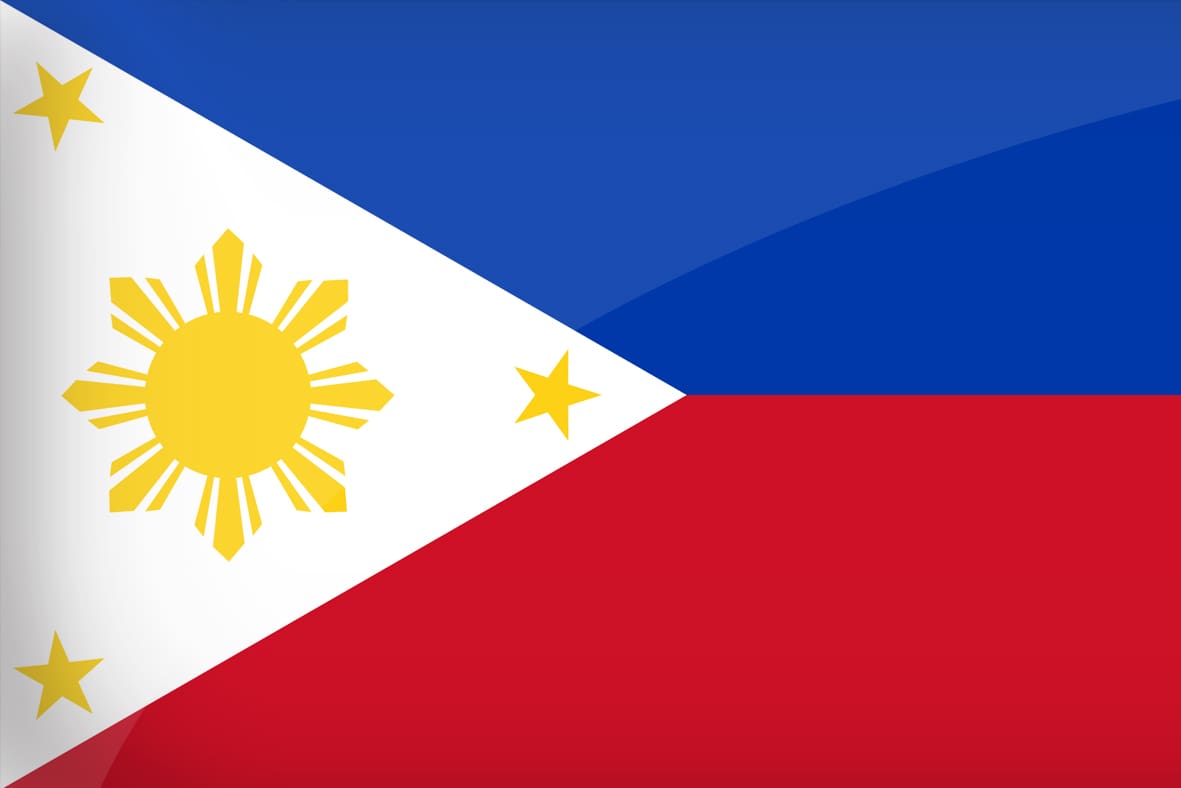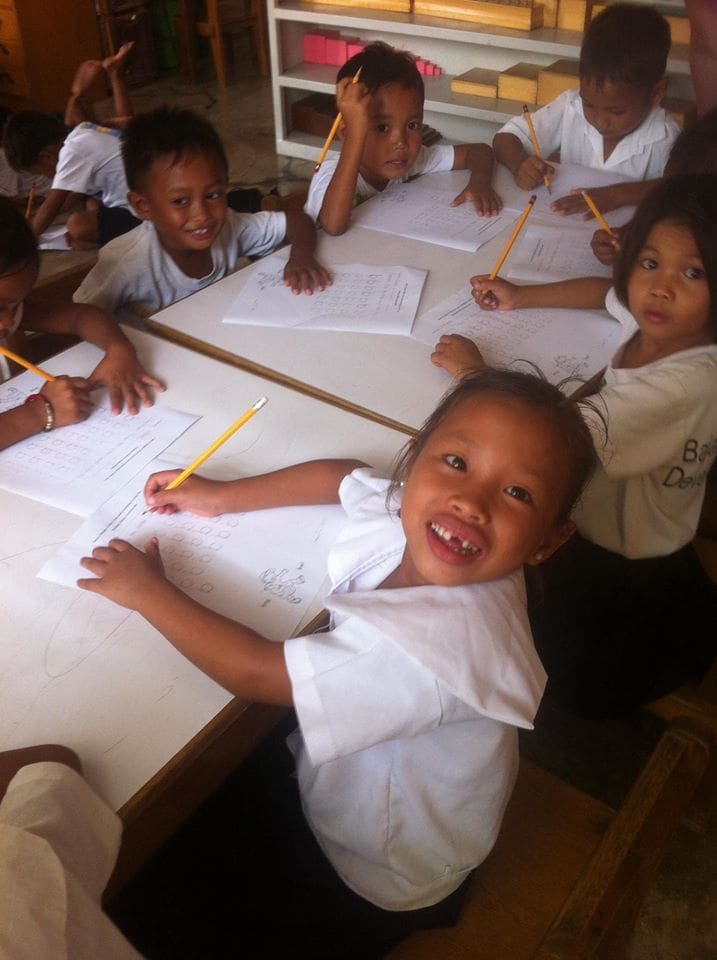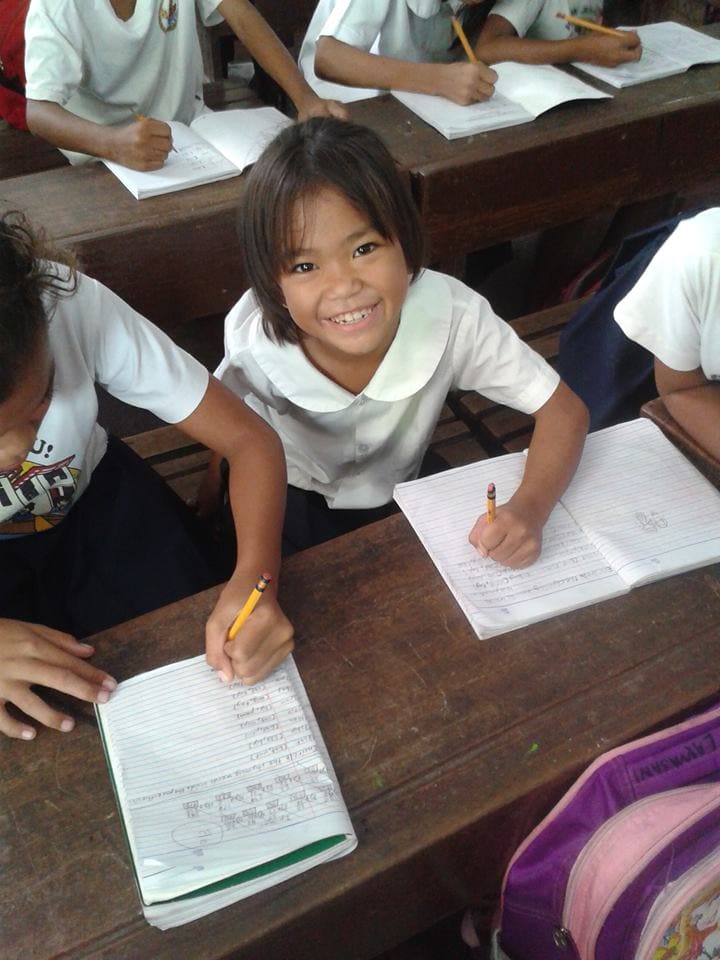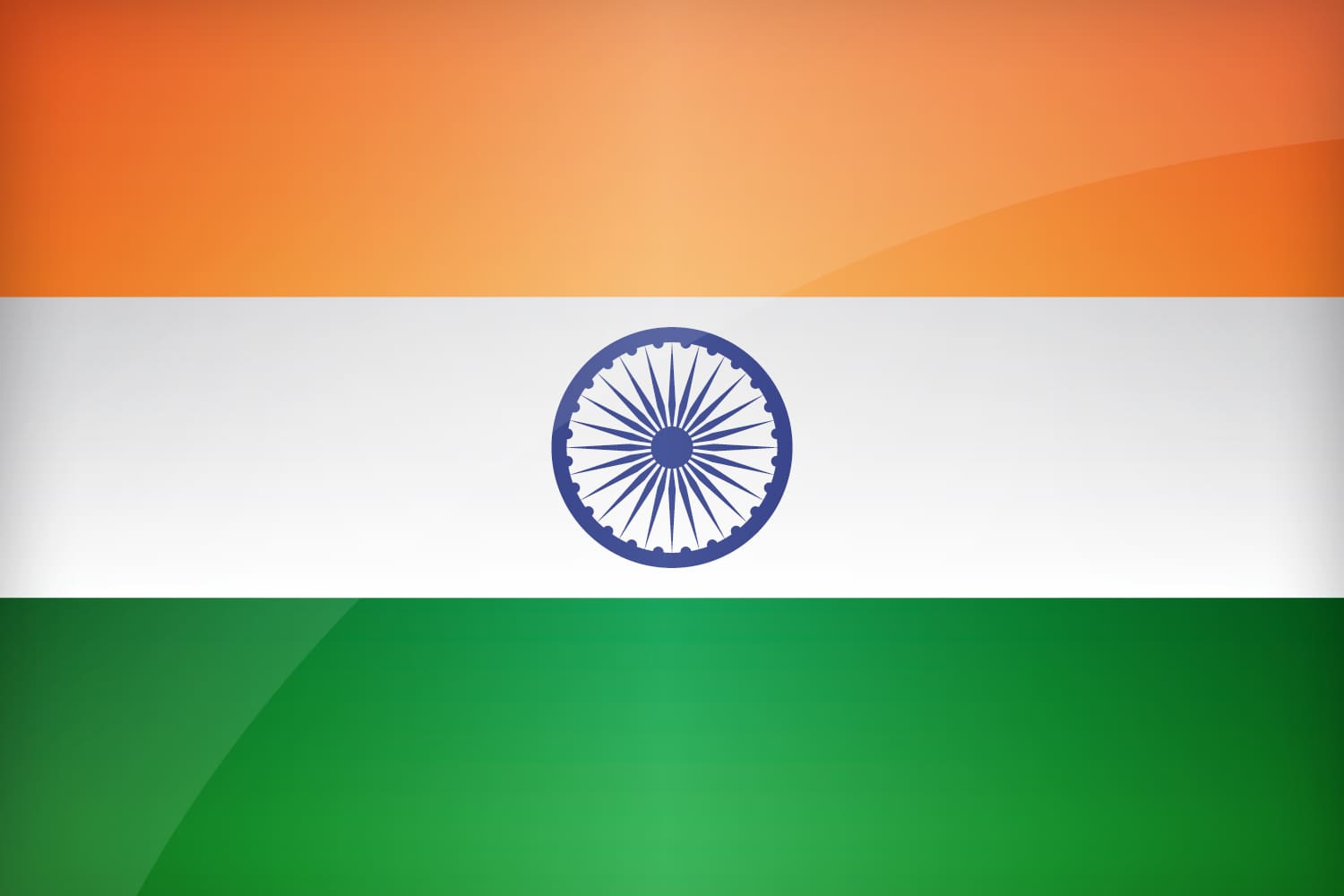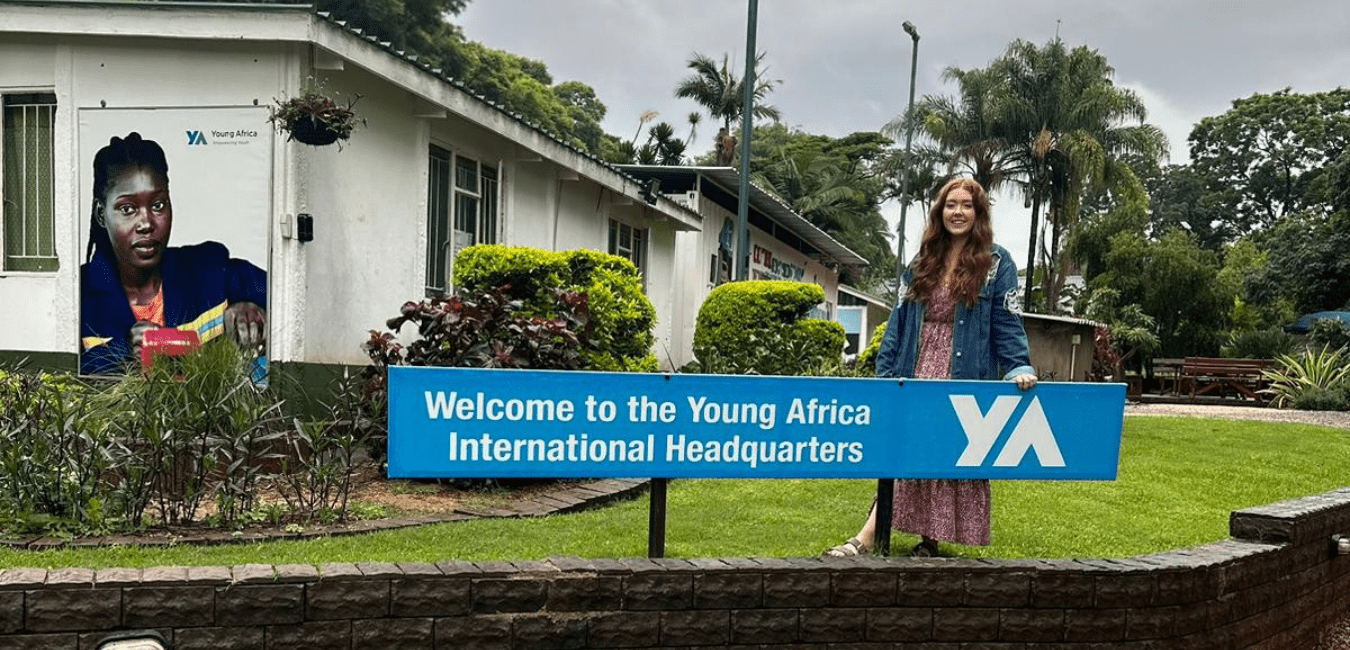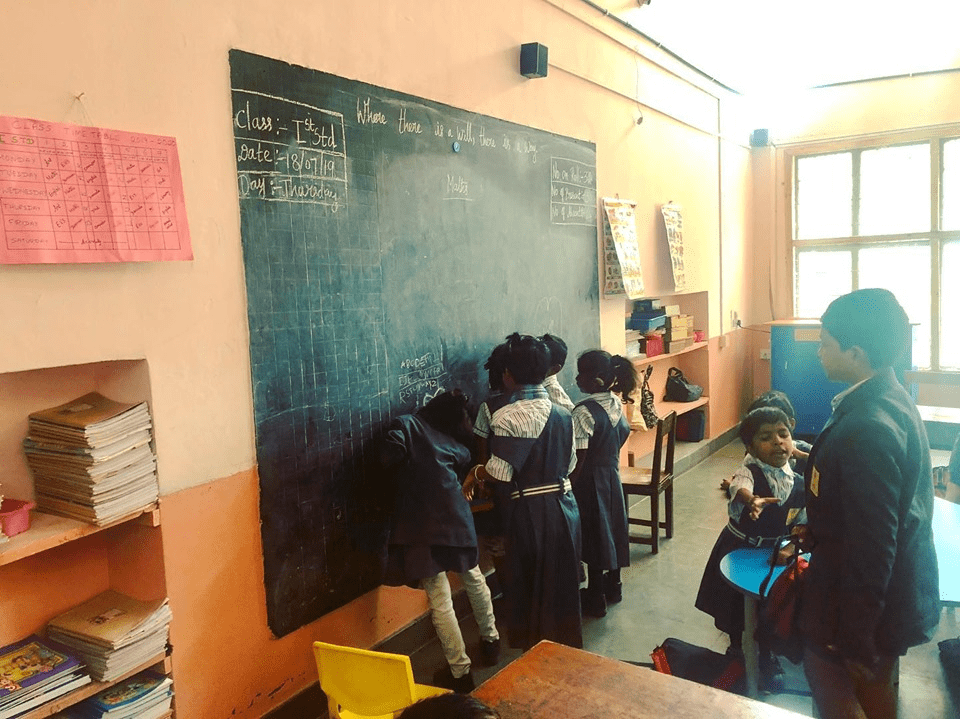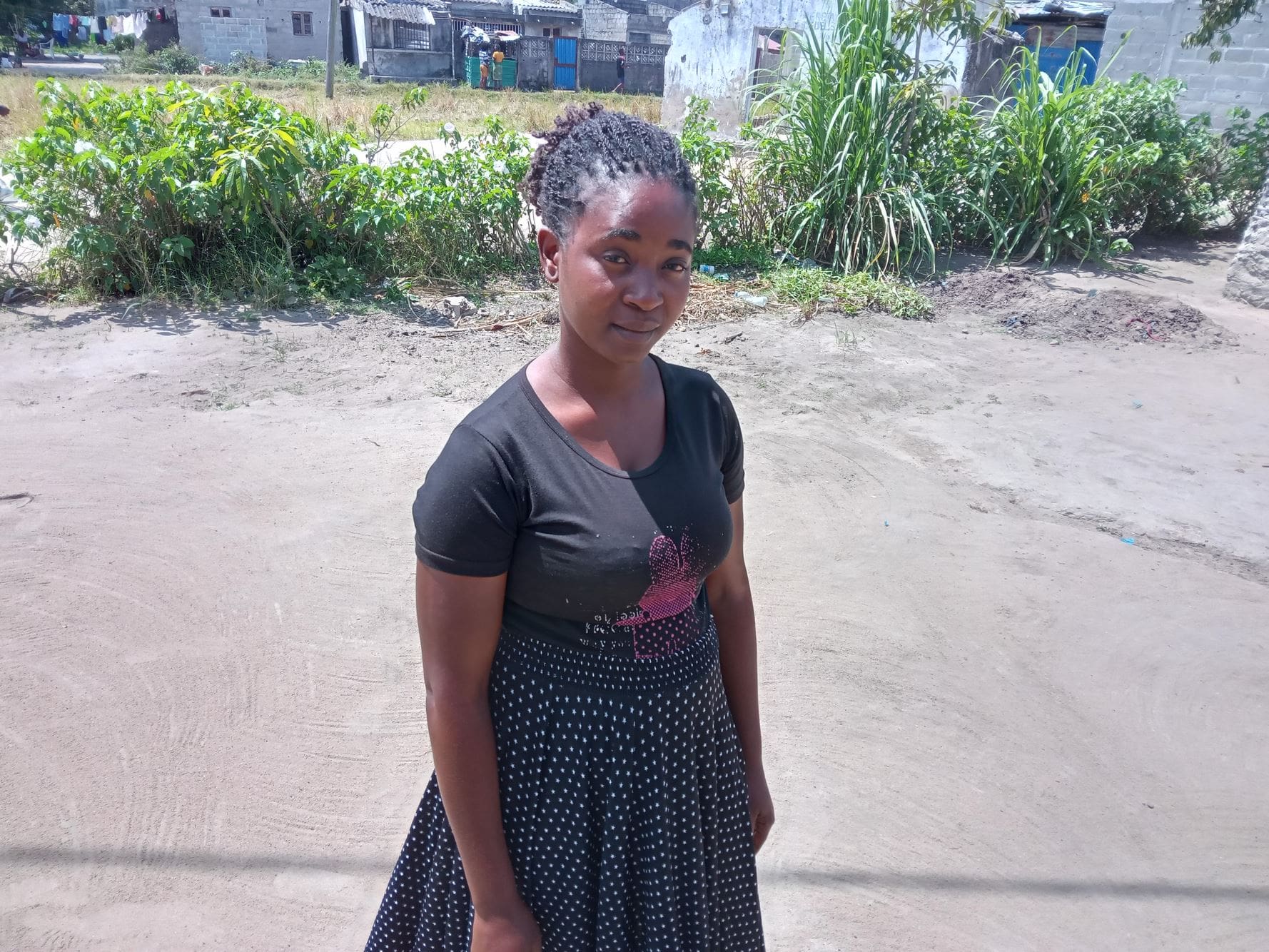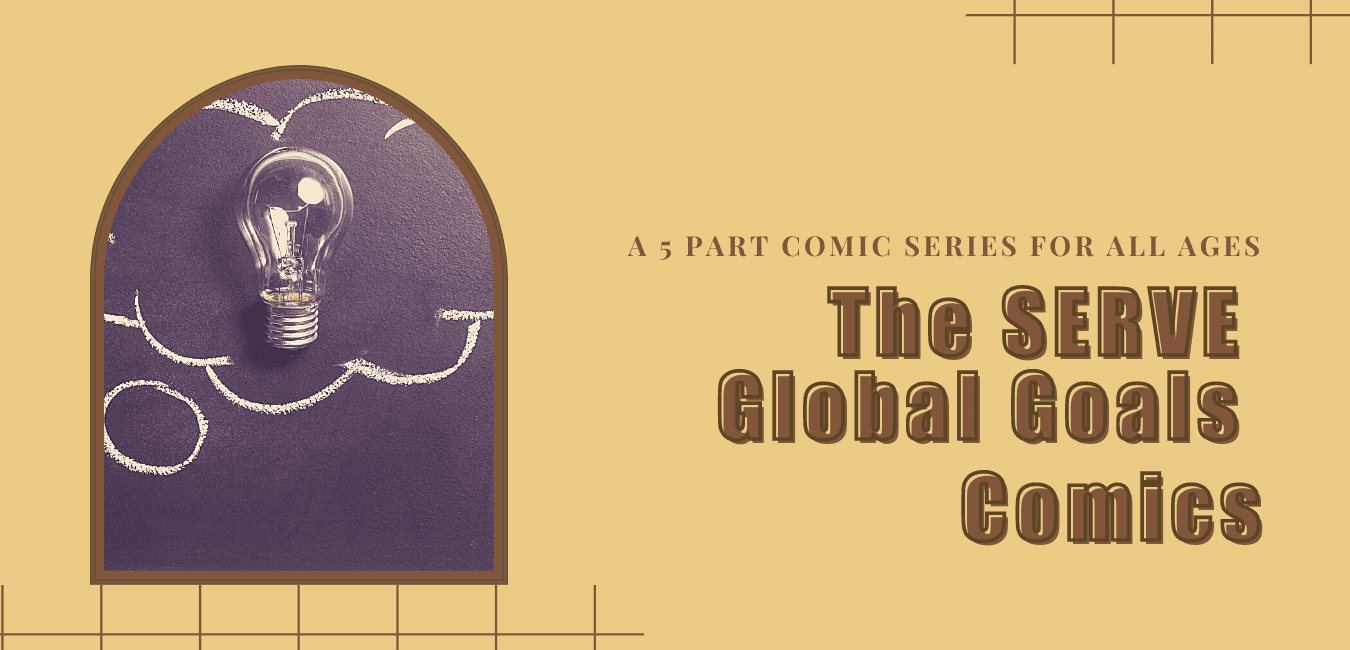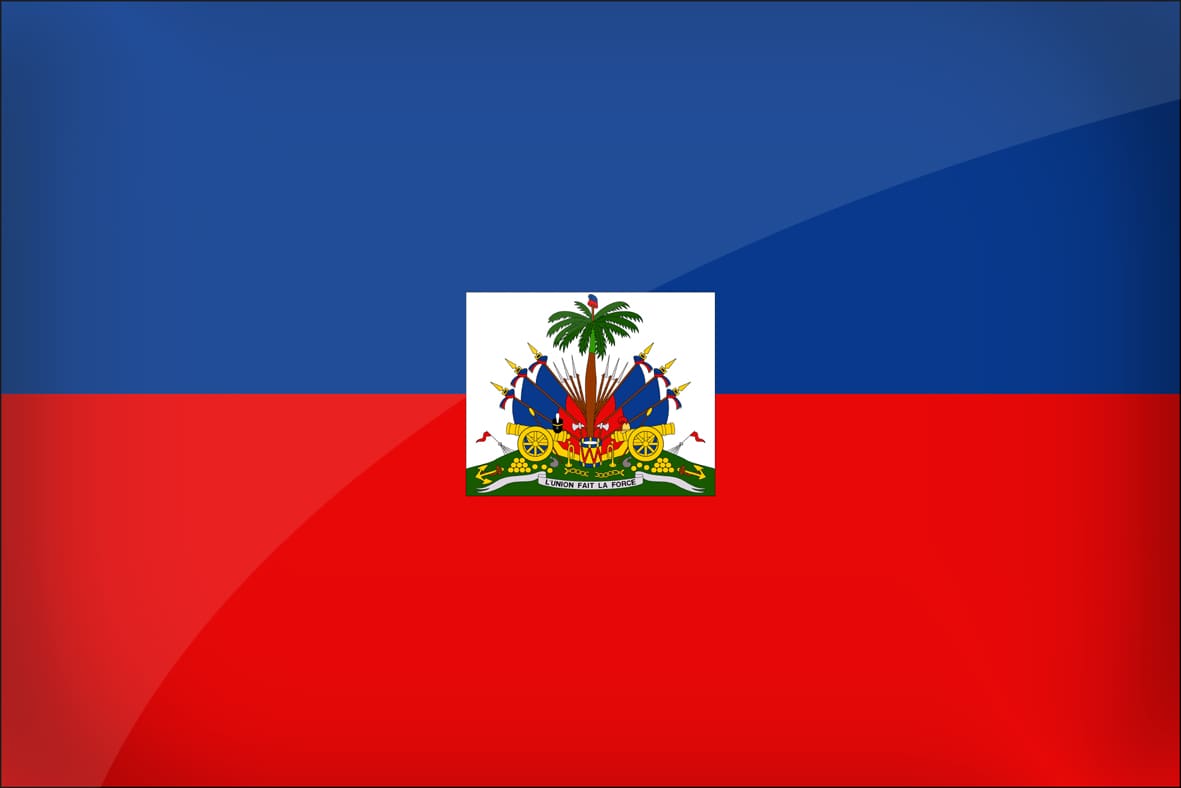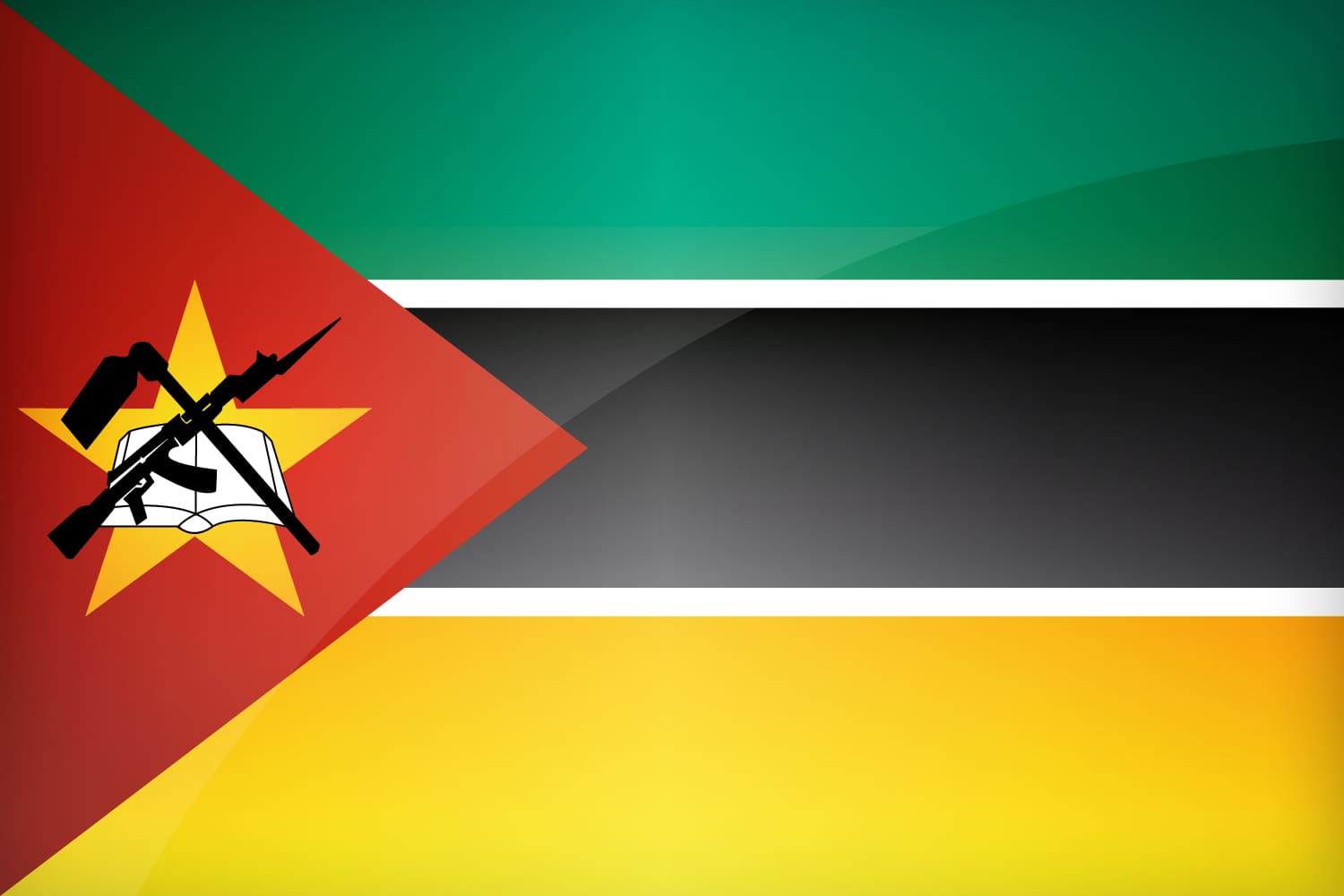Has Universal Education been achieved for all in the Philippines?
By Natalie Kavanagh
Natalie is participating in the Gold Global Citizen Award. This is the third of her Global Blogs from the Philippines .
Millennium Development Goal 2: “Ensure that, by 2015, children everywhere, boys and girls alike, will be able to complete a full course of primary schooling”
Coming to the end of these MDG’s it was asked, “Has universal primary education for all been achieved?” The simple answer is no. However experiencing time with the Badjao Tribe in Cebu City, Philippines, it is clear that it is well under way, no matter how slow the progress is.
Many would agree that “Education is key” to improving life, not only in the developing world but the ENTIRE world. Chief Felicito of the Badjao Tribe is one of the many that would agree. When asked what his wish is for the tribe in the future, the chieftain alluded to the work his father strived for and asserts that “education [must come] first then work.” Education, more specifically primary education, is not only a goal itself but indeed a driver towards all the other MDG’s in aiding their success. Take for example employment- with the aid of education this goal become essentially more reachable. It is clear that education is fundamental for building globally competitive and sustainable industries. Why would a government not want to invest their money into that?
The MDG itself at a glance seems a good goal, but it is not specific enough. This MDG does not take into consideration gender, race or the challenges preventing children from getting an education. For the twenty first century, this is not good enough. In 2015 there needs to be a change. Governments need to address the issues of sexuality, bullying, financial difficulties and discrimination otherwise these goals may never been achieved.
The Philippines follow an Americanised style of education the kindergarten being nursery, elementary equals primary, high school is secondary school and college is university. This is due to the American colonisation in 1900’s that had a huge impact on the Filipino education system.
The talented teachers at Nano Nagle Badjao school have adapted their own curriculum inspired by the traditional Filipino system including methods to promote the tribe’s integration. The school follows the Montessori Method which is generally based on the idea that children learn best when the environment supports their natural desire to acquire skills and knowledge. The classrooms are designed with age-appropriate tasks and materials to maximize learning during the early states of their lives to ensure progression to elementary school. Things that seem simple to the western world such as being able to sit on a chair and do your work on the table and other basic classroom manners are expected in elementary. By adopting these methods the dropout rate of the Badjao children from elementary school has fallen as they feel more comfortable in their surroundings.
It is crucial in education that children be taught to embrace their own identities and culture and also of those around them. The teachers and children sing songs in class such as “Slippery Fish” which is relatable to the tribe’s love for fishing and at the same time improves their confidence through singing and enjoyment. Even though it seems like something so simple, the nurturing and interest in other’s cultures may have positive impacts on an individual’s confidence and whole perspective of education. Once again it must be said that this self-confidence, skill building and education is not something that happens overnight but it is a slow process.
Despite the difficulties, progress is being made. Approximately twenty years ago 97 percent of the Badjao community was illiterate. This number has dropped exponentially over the years with children getting the right education, and the encouragement of their parents. There are now even thirteen college graduates in the tribe! Talking to one of the Badjao students who is now going through college he reflected on the bullying and hard times in his younger years but he claimed he persevered due to the encouragement of his family and wanting to be inspirational to his tribe. It is tough to think of all these eager and enthusiastic children that have brains to burn. Many of the young people work unbelievably hard to combat the intimation and segregation against them. We must hope that this passion to learn stays with them through the challenges they face.
According to the official MDG report, “Enrolment in primary education in developing regions reached 91 per cent in 2015, up from 83 per cent in 2000.” This is a promising statistic but with the new Sustainable Development Goals we must hope for the remaining “57 million children of primary school age were out of school” to be targeted. Both local and national government need to constantly revise the progress of this and follow the example of those succeeding. There is no denying that education is one of the most powerful instruments to combating poverty and promoting equality.

